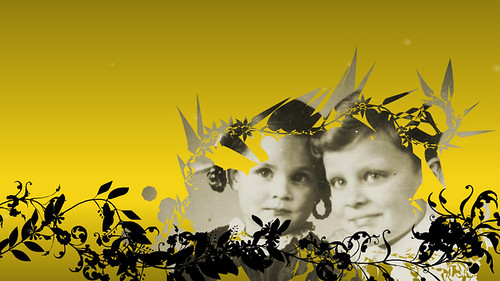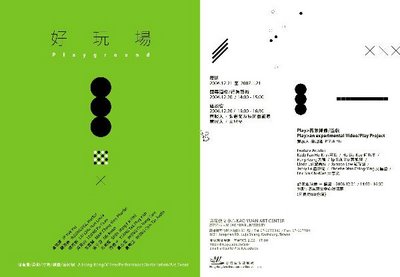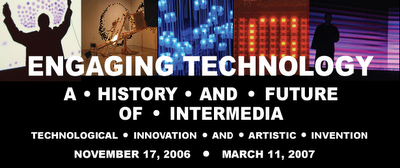You Have the Right to Blog Anonymously. EFF has fought for your right to speak anonymously on the Internet, establishing legal protections in several states and federal jurisdictions, and developing technologies to help you protect you identity. With your support, EFF can continue to defend this right, conducting impact litigation to establish strict standards to unmask an anonymous critic in more jurisdictions.
You Have the Right to Keep Sources Confidential. In Apple v. Does, EFF is fighting to establish the reporter's privilege for online journalists before the California courts. With your support, EFF can defend news bloggers from subpoenas seeking the identity of confidential sources in more jurisdictions.
You Have the Right to Make Fair Use of Intellectual Property. In OPG v. Diebold, Diebold, Inc., a manufacturer of electronic voting machines, had sent out copyright cease-and-desist letters to ISPs after internal documents indicating flaws in their systems were published on the Internet. EFF established the publication was a fair use. With your support, EFF can help fight to protect bloggers from frivolous or abusive threats and lawsuits.
You have the Right to Allow Readers' Comments Without Fear. In Barrett v. Rosenthal, EFF is working to establish that Section 230, a strong federal immunity for online publishers, applies to bloggers. With your support, EFF can continue to protect bloggers from liability for comments left by third parties.
You Have the Right to Protect Your Server from Government Seizure. In In re Subpoena to Rackspace. EFF successfully fought to unveil a secret government subpoena that had resulted in more than 20 Independent Media Center (Indymedia) news websites and other Internet services being taken offline. With your support, EFF can hold the government accountable for investigations that cut off protected speech.
You Have the Right to Freely Blog about Elections. EFF has advocated for the sensible application of Federal Election Commission rules to blogs that comment on political campaigns. With your support, EFF can continue to protect political blogs from onerous campaign regulations.
You Have the Right to Blog about Your Workplace. EFF has educated bloggers on their rights to blog about their workplace and developed technologies to help anonymous whistle bloggers. With your support, EFF can help shape the law to protect workplace bloggers from unfair retaliation.
You Have the Right to Access as Media. EFF has educated bloggers on their right to access public information, attend public events with the same rights as mainstream media, and how to blog from public events. With your support, EFF can fight for bloggers' right to access as media.
Know Your Rights and Prepare to Defend Them. EFF has created the Legal Guide for Bloggers to give you a basic roadmap to the legal issues you may confront as a blogger and a guide on How to Blog Safely. With your support, EFF can expand and update these guides.









